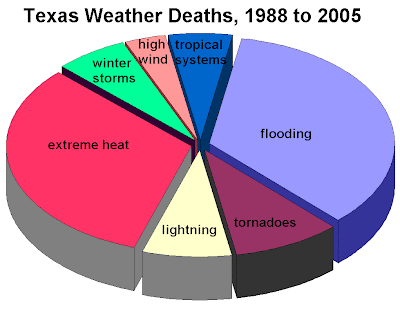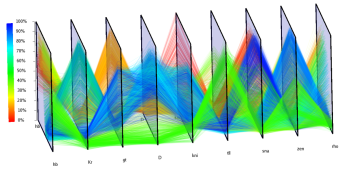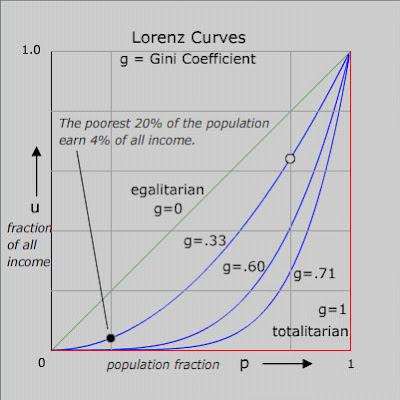
A mental or cognitive map is produced by mental process. This one was drawn by my wife, Laura, and describes our living room, but mental maps are limited only by the skills of learning, recalling and fabricating. Although there are significant differences from real maps, they do share attributes of scale, orientation and symbolism.





